In 1836, under the terms of the Treaty of New Echota, the Cherokee were given a narrow strip of land some 225 miles long and 60 miles wide in what would later become Oklahoma. This strip of land, known as the Cherokee Outlet, was in addition to their reservation and was intended to provide them with a perpetual outlet from their reservation to lands in the west for hunting. The area within the Outlet contained more than 8 million acres of land.
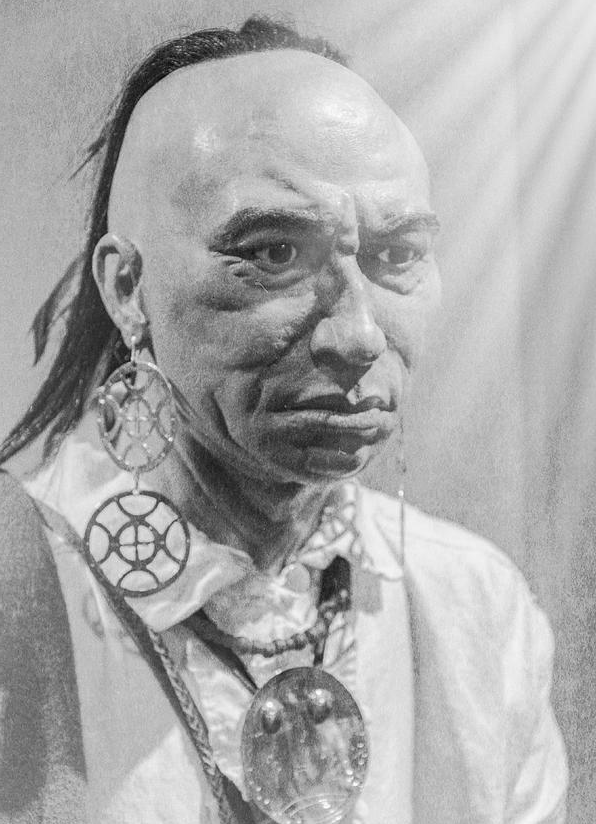
When the Civil War broke out, the United States withdrew its troops from Forts Cobb, Arbuckle, and Washita, leaving the Indians open to attacks from the Plains tribes and from non-Indians. In addition, the federal government, afraid that annuity payments might fall into the wrong hands, withheld the annuities which were owed to the tribes. These actions not only violated the removal treaties of the Indian nations in Indian Territory, they also undermined the credibility of the United States. The Confederacy moved into the vacuum left by the federal government and held treaty councils with the tribes.
The Civil War divided the Cherokee into two groups: the Ridge or Treaty Party led by Stand Watie and E. C. Boudinot, and the Ross or Non-Treaty Party led by John Ross. Ross issued a Proclamation of Neutrality with regard to the war.
Following the Civil War the United States, ignoring the fact that many Cherokees had supported the Union, imposed a new treaty on the Cherokee Nation. The new treaty allowed the United States to settle other Indian nations in the Cherokee Outlet and to dispose of the land. A number of tribes—Kaw, Osage, Pawnee, Ponca, and Tonkawa—settled in the area.
The Cherokee Outlet was invaded by Texas cattlemen who grazed their herds on Cherokee land while en route from Texas to the northern markets. The Cherokee government solved this problem by charging a per head fee for grazing privileges. In 1883, the Texas cattlemen formed the Cherokee Strip Live Stock Association under the laws of Kansas. The Cherokee under the leadership of Dennis Bushyhead then leased the grassy meadows of the Cherokee Outlet to the Cherokee Strip Live Stock Association for $100,000 for five years. The agreement was felt to beneficial for both the Cherokee and for the cattlemen. Soon after the lease was signed, dissident Cherokee, angry at being denied free use of the Outlet, claimed that the Association had gained exclusive use of the area through illegal means. Complaints concerning bribery and corruption were lodged with the Department of the Interior.
When the lease with the cattlemen expired in 1888, the Cherokee agreed to renew the lease of the Cherokee Strip Live Stock Association for the exclusive use of the Cherokee Outlet for $200,000 per year. The federal government, however, warned the Cherokee that they would consider the lease to be invalid.
In 1889, President Benjamin Harrison announced that no livestock would be grazed in the area known as the Cherokee Outlet in Indian Territory. This move deprived the Cherokee Nation of a substantial part of its operating budget and brought an end to their lease with the Cherokee Live Stock Association. The move was part of a government effort to get the Cherokee to sell this land.
In 1890, President Benjamin Harrison closed Cherokee Outlet to the cattle growers who were legally leasing the lands from the Cherokee. Federal troops then occupied the area and forcibly removed the cattle growers and their herds from the land. Having lost the major source of revenue for their schools and government, the Cherokee were forced to cede the Outlet lands. The government forced the Cherokee to sell their Outlet lands for $1.25 per acre (a total of $10.2 million).
In 1893, the Cherokee Outlet was opened to non-Indian settlement, resulting in Oklahoma’s largest land run. It is estimated that more than 100,000 people attempted to stake out claims for the land.
In 1948, the Cherokee filed suit before the Indian Claims Commission to recover the real value of the Cherokee Outlet lands. One expert from Oklahoma State University testified that the land had been worth $10.01 per acre at the time it was taken by the government. Experts testifying on behalf of the government claimed it was worth $1.70 per acre. The courts awarded the Cherokee an additional $14.7 million for the lands. The Indian Claims Commission noted that the conduct in the original transaction had been unconscionable.
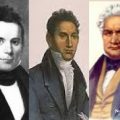
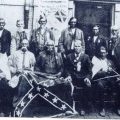
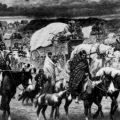
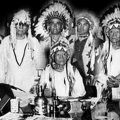
Leave a Reply